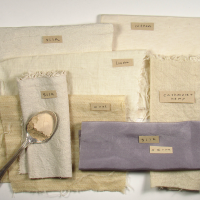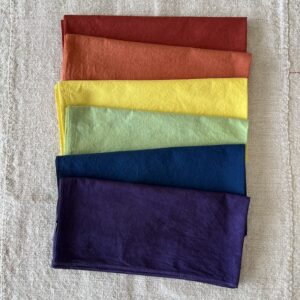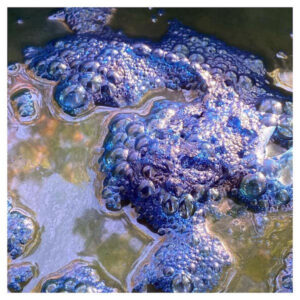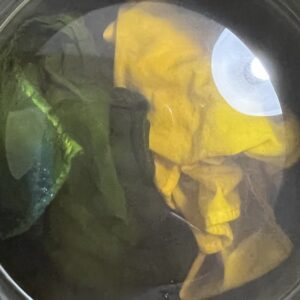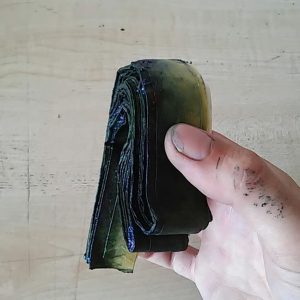MORDANT MONDAY: How To Reuse A Tannin Bath
We get mordant questions all the time at Botanical Colors so why not create Mordant Monday??? Got mordanting questions? Email [email protected] YOU ASKED: I’m wondering if its possible to reuse a tannin bath, perhaps by using half as much tannin powder the second time as one can do when re using a mordant bath? Recently I have made a tannin bath for linen and have lots left over, it would be great not to throw it out! Secondly, I usually rinse the fabric after mordanting and before dyeing- is this correct? KATHY ANSWERED: I think recharging and reusing tannin baths … Read more

